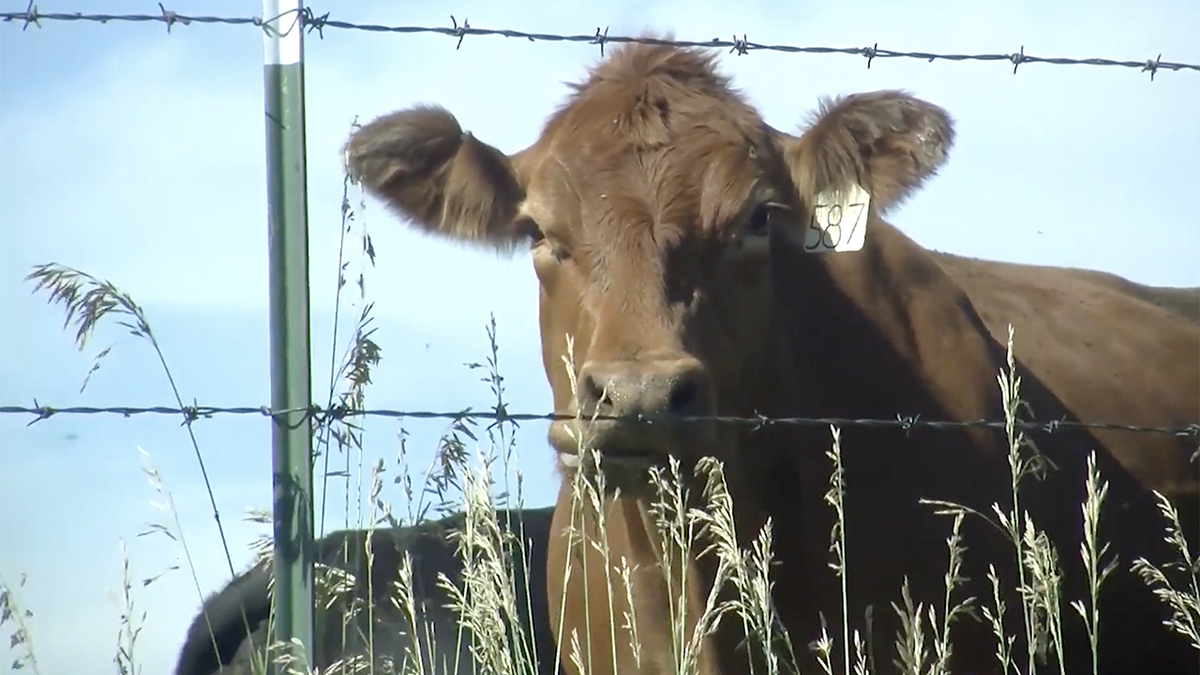Forest Service grazing decision irks environmental group

BOISE, Idaho (AP) — The U.S. Forest Service has approved a new rule waiving fees for unauthorized grazing under some circumstances in a move blasted by an environmental group that says the agency is codifying lax enforcement.
The Forest Service issued the decision this month following a 2016 Government Accountability Office report that found the agency couldn’t identify how much unauthorized grazing was occurring because it often handled cases informally with no documentation.
The agency issues permits to livestock producers that define when, where and how many animals — mostly cattle and sheep — are allowed on specific Forest Service grazing allotments. Violations occur when livestock are in areas outside of allowed times of the year, in unauthorized areas or when there are more animals in an area than allowed.
About 2 million cattle and 800,000 sheep and goats graze on about 150,000 square miles of Forest Service land in 29 states. Most of the grazing is in the U.S. West. The agency said it administers about 6,000 active livestock grazing permits and in the last five years has collected between $5.4 million and $9.2 million annually in grazing fees.
"Providing Forest Service line officers the authority to waive excess and unauthorized use fees, when certain conditions are met, provides the needed flexibility to resolve incidents using a common-sense approach that minimizes conflict," the agency said in an email to The Associated Press. “The economic activity generated from ranching is the lifeblood of many rural communities."
The new rule allowing the waiving of grazing fees requires three conditions: the forage consumed wasn't significant, that Forest Service lands weren't significantly damaged, and that the unauthorized grazing was the result of unforeseen or uncontrollable circumstances and that the livestock involved were removed within a timeframe set by the authorized Forest Service worker.
Western Watersheds Project said the agency's new rule creates loopholes allowing a rampant industry practice to continue.
“It illustrates the fact that this is an agency that does very little to manage livestock on public lands," said Erik Molvar, the executive director for Western Watersheds Project, which would like to eliminate public lands grazing entirely. Unauthorized grazing “is still chronically happening all over the West in all kinds of different permutations.”
Following the 2016 GAO report, the Forest Service in April 2019 sent out a letter to regional foresters requiring that unauthorized grazing be documented. The agency in the email to the AP said that from 2017 to 2020 it found about 100 cases of excess or unauthorized grazing.
Kaitlynn Glover is executive director of the Public Lands Council that works to support livestock grazing and those who hold the 22,000 grazing permits on federal public lands managed by the Forest Service, Bureau of Land Management and other agencies.
She said the new rule provides clarity for such things as when one or two cattle are left behind on a grazing allotment because they couldn't be found, a recreationist leaves a gate open and cattle wander into an area where the owner doesn't have a permit, or a storm knocks over a fence and cattle briefly escape.
She said federal agencies have other rules for dealing with willful unauthorized grazing.
“All the new rule does is allow for human or Mother Nature error,” she said. “To say that it gives anyone a free pass, or to intimate that it does, is not an honest assessment.”
The new rule takes effect Aug. 8.






